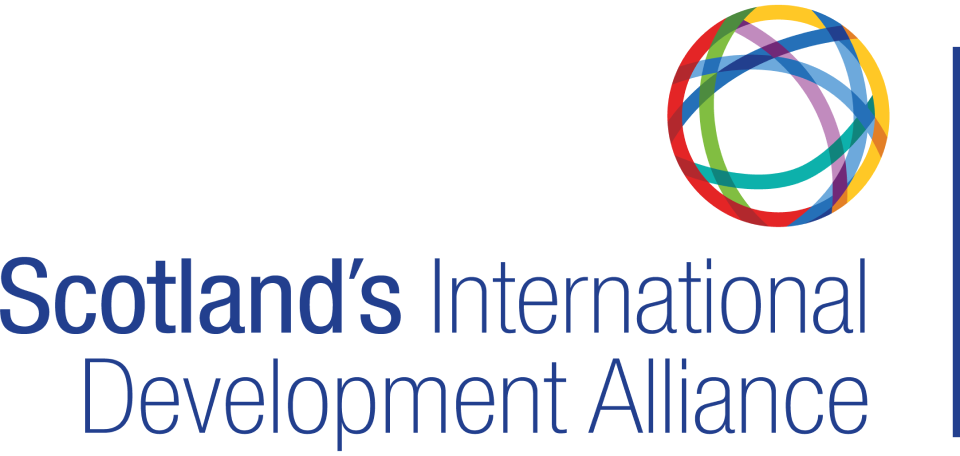SIDA started work on a language policy some years ago with a first draft discussion paper published in January 2021. We followed this up with a more developed piece that we opened to discussion in November 21. And some of you will remember a very engaging discussion at our annual conference in December 21 with key contributions from Colin Reilly, to whom we are grateful for all his support. But we didn’t get as many responses from members as we might have liked, and we got a bit stuck on how to take this further. On joining the team at SIDA I was given the task to turn this round.
The earlier reflections piece produced by SIDA demonstrated a thorough canvassing of the issues surrounding language and bias as they stood a few years ago, as well as a clear aim of what they hoped a future language policy would do, and suggested a number of terms that SIDA stop using or be wary of using.
After cataloguing all the harms SIDA was concerned with, and the values evident in different parts of these documents, I extracted the introductory paragraphs of the language policy and a first draft of the tables that specify which terms are problematic, and which are not.
The takeaway:
- You and your team are experts on the scope of what is relevant for your guide and what it should look like in terms of functionality; let your team define this.
- Having the team choose places for words they felt strongly about not only gave me a great place to develop our guide. It also made the guide theirs—which is great for getting people to engage with material that aims to check bias, because it gives them ownership, which leads to less resistance to the policy.
Next, I read about ten inclusive language documents from other industries. This gave me a sense of tone and structure. Then, I reviewed a number of inclusive language policies that focused on sustainable global justice to make sure we hadn’t missed anything relevant to the writing we produce. (Please let us know if you think we have!)
The takeaway:
- See what others have done that you like and don’t like.
The next step was a matter of drawing on my own former work on implicit bias. Research on implicit bias shows that a key to helping ourselves not think in biased patterns is to avoid ballpark thinking when exercising power. These principles aim to do that. Likewise, people respond better to having problems pointed out to them rather than being told what to do, so with that in mind I tried to frame the document as an informative project rather than a solely prescriptive one.
Once a draft of the document was completed, I shared it with our team. Next, we met for what turned into two hours of deliberative discourse over the placement of phrases on the chart. Major changes included the addition of the ‘ideals’ column, and the articulation of the document’s fourth principle. Next, I sent it to an expert on writing inclusive language policies. This led to a redrafting of the disability section. This was once again circulated to the team, and we met a second time to discuss final adjustments. At this point my own American English understanding of certain British terms was roundly challenged! Fortunately, we still managed to reach a deliberative consensus on the substantive content of the policy and the final copy was produced.
The takeaway:
- Choose principles to guide your organisation’s writing with both a mind to eliminating inequalities and implicit bias and principles your organisation also values.
- Deliberative discourse helps everyone reason through decisions that apply to them—there is no better way to foster ownership of decisions (i.e., talk it out with your colleagues!)
- Check your policy against others in the industry—this is the easiest way to spot things you might have missed.
- Remember that language evolves daily, but the power it wields is a permanent feature; invite critical review regularly and often.
Read the language guide below:
